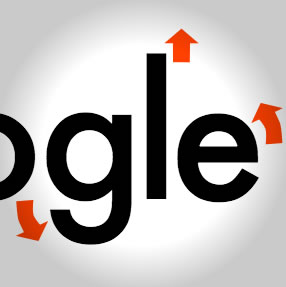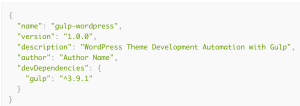Melbourne-based Reactive Media started humbly back in 1996 with just two people: Tim O’Neill and Tim Fouhy. Both were fresh out of the Wanganui Polytechnic Design School with degrees in Computer Graphic Design.
“The company was formed by having contracts with 2 major clients: Sausage Software and McKercher Advertising. Each of these contracts basically occupied 50% of our time, leaving very little room for other clients. Over the years, though, we started working on a wider variety of commercial projects,” notes Tim O’Neill.
Business was so brisk that after the first year they hired their first Web designer. “We found him the old fashioned way — a newspaper ad! Back then Web designers were hard to come by, and we had about 20 responses – we thought that was a lot. Recently we hired a Web designer and had over 110 applicants without even paying for advertising,” quips Tim Fouhy.
Secrets of Successful Client Management
The first step Reactive Media takes when a potential client approaches them? Prequalify. “When we receive a lead, we normally have an informal prequalifying process. We read their brief (if there is one), look at their current site (if they have one), and try to find out what their company is all about.”
“We receive a lot of unqualified email leads, which we simply reply to with a standard questionnaire and a note that states our minimum project budget. Most of these leads never get back to us! Serious prospects always stand out. They’ll normally phone us, and will have a defined project brief – we always follow these up with a meeting,” notes Tim.
Once they’re sure that the prospect is serious and ready to buy, they present a 10 page proposal to the client.
It includes: About Reactive Media, Case Studies, Project Overview (as they understand it), Project Outline (steps involved in the project), a Sitemap (front-end and back-end), a Project Rate Schedule (with detailed breakdown of costs), Terms of Payment and a Conclusion.
“We will almost always flat-out refuse to do unpaid concept designs. The only exception was once, when we did it for MTV!”
The dot-com bust of 2000 didn’t affect the company much. In fact, it turned out to be a positive experience. “We were still quite small when the bust happened, and so it really didn’t affect us,” Tim explains. “It’s interesting because many of the large Web development firms in Australia have closed down, which means we now have access to increasingly larger and higher profile projects.”
Landing the Big Clients
Big clients are the eventual goal of every Web design firm as the business expands and grows — after all, at a certain point, the small guys just won’t be able to afford you anymore.
Big companies need to reach more people, they have a greater awareness of branding and a need for absolute quality. And with that comes big budgets for marketing and Web design. So how can you reach them?
By being where they are, by actively marketing to them and by asking them for their business… Send them a letter, call them up for a survey, and network at the functions, social events and fundraisers that they go to.
And don’t forget potentially one of the biggest clients of them all: The Government. Reactive have completed many Government projects over the years, and though they’re great to get, these are not always the easiest to win in a tender situation.
“Government clients are mandated to tender projects over certain budgets, and so we’re usually up against 4 or more other companies. Our Local and State Government clients sometimes have template proposal forms – every company completes the same template. This gives everyone a level playing field, they give no weighting towards flashy company leaflets,” says Tim O’Neill.
The Biggest Lesson… Learned the Hard Way
The biggest lesson that the company’s learned? Watch out for scope creep. “When we were building a particular site, the scope of the project began to creep, and bugs in the (very complicated) Flash code began to appear. Before we knew it, we were twice over budget. Still more enhancements came in from the client, and more issues appeared, and still we worked away on it… 10 months later the site was 3 times over budget… and we wore the cost,” Tim admits.
“What did we end up doing? We reworked our processes, and now document the scope of projects in much more detail. We also now allow much more time when doing complicated database programming in Flash. Fortunately the site was well received, and won Macromedia Site of the Week.”
In fact, Reactive Media has won the “Macromedia Site of the Week” no fewer than 8 times! “We are fortunate to have some (a very small percentage!) clients for whom it’s appropriate for us to develop Flash sites. We put a lot of energy into these projects, which means that they’re often the least profitable, but they’re always a lot of fun.
“I like to think that we develop Flash sites in a ‘smart’ way,” Tim adds. “We don’t do unnecessary animation for the sake of it, and we are always conscious of the target audience. When we build an animation, we try and think about new ways to approach it, instead of just fading text in and out.”
Their latest winning Flash Design? Grand Ridge Breweries, which features an addictive BeerInvaders game: http://www.grand-ridge.com.au
The Results: Growth and Staff
Reactive now has 9 full-time staff, and work with some of Australia’s biggest and most prestigious organisations, such as IOOF, Esanda, L’Oréal, Peregrine, Garnier, City of Melbourne, and CPA. Revenue has continued to grow by 60% each year over the last 3 years.
 Matt Mickiewicz
Matt MickiewiczMatt is the co-founder of SitePoint, 99designs and Flippa. He lives in Vancouver, Canada.




